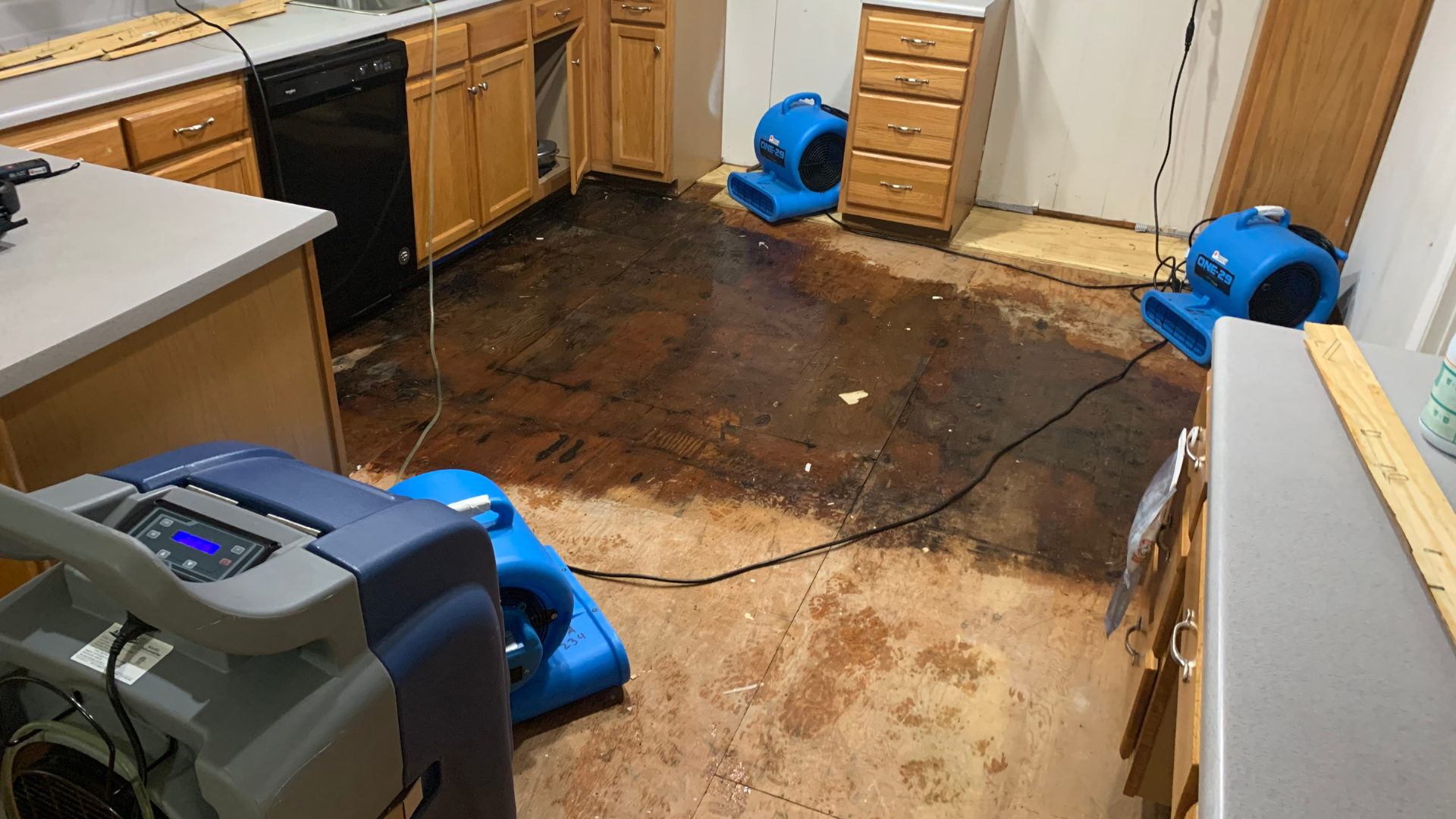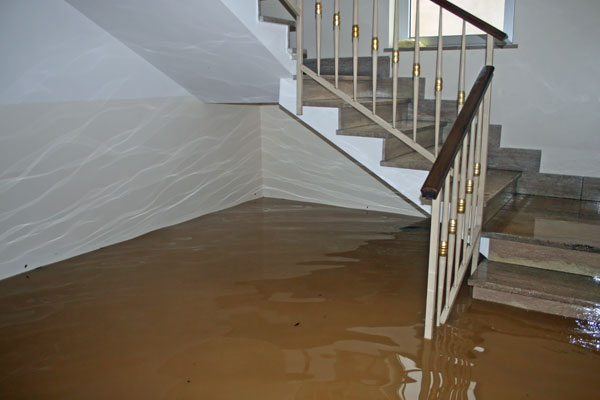Specialist Mold Remediation Philadelphia: Transformative Solutions for Your Room
Specialist Mold Remediation Philadelphia: Transformative Solutions for Your Room
Blog Article
Emergency Water Damages Repair: Swift Reaction to Lessen Additional Damages
What exactly does emergency situation water damages remediation require? By recognizing the seriousness and thorough nature of this process, you will acquire important understandings into just how professionals take on emergency water damage, making certain a swift and reliable reaction.
Significance of Swift Action

Among the major reasons swift reaction is essential in water damage remediation is to stop the growth of mold and mildew and mildew. Mold can begin to grow within 24 to 48 hours of water exposure, and when it holds, it can spread swiftly throughout the damaged location. Mold not only triggers more damages to the structure of the structure yet also presents wellness risks to residents. By responding quickly, professionals can completely dry out the area and prevent the growth of mold and mildew, lessening the demand for extensive removal and making certain the safety of those entailed.
In addition, a prompt feedback can aid salvage and restore useful possessions and belongings. Water damages can be ravaging, specifically when it affects personal items of sentimental or financial value. Performing promptly permits professionals to evaluate the damage and execute suitable reconstruction strategies to salvage as much as feasible. This not just helps to minimize financial losses however additionally brings satisfaction to those impacted.
Assessing the Level of Damage
To properly address the repercussions of water damages, it is essential to quickly assess the degree of the damages inflicted upon the damaged area. Evaluating the degree of water damage is an essential action in the restoration process as it aids remediation specialists establish the proper course of action and develop a reliable restoration strategy.
During the analysis, restoration specialists completely take a look at the affected area to identify visible indications of damages, such as water spots, warped materials, and mold and mildew development. They additionally make use of specialized tools to spot hidden damage, such as moisture meters and thermal imaging video cameras (mold remediation philadelphia). This thorough assessment permits them to properly determine the level of the damage and develop a tailored remediation strategy
Since it helps specialists prioritize their initiatives,Assessing the extent of water damage is important. They can determine locations that require instant focus, such as standing water removal and drying, to avoid further damages and decrease the risk of mold growth. They can also identify the locations that need fixings or replacement, making sure that no damage goes undetected or unattended.
In addition, an extensive evaluation gives valuable info for insurance purposes. It aids homeowners and insurance adjusters understand the extent of the damage, which is essential for filing accurate insurance policy claims and getting the proper coverage.
Water Extraction and Drying Out Process

The water removal and drying procedure is an important action in water damages reconstruction, as it includes the removal of excess water and the comprehensive drying of the damaged location to stop further damage and minimize the danger of mold and mildew development. After assessing the degree of the water damage, the next action is to extract the water from the afflicted area. This is normally done using customized devices such as dehumidifiers, pumps, and vacuum cleaners. These devices are designed to effectively and successfully remove water from different surfaces, including walls, floorings, and rugs.
Once the excess water has actually been extracted, the drying process starts. This step is crucial in avoiding second damages, such as architectural damage and the growth of mold and mildew and mildew. High-powered followers and dehumidifiers are utilized to flow air and remove dampness from the air and surfaces. The drying out process may take a number of days, depending upon the extent of the water damages and the materials included.
It is necessary to ensure that the afflicted location is totally dry prior to waging any type of repair work or reconstruction. Failure to completely dry the area can result in lasting concerns, consisting of damaged frameworks, mildewy odors, and the growth of mold and mildew and mildew. Therefore, professional water damages restoration firms use dampness detection tools to guarantee that the affected location is totally dry prior to proceeding to the next action.
Mold And Mildew Avoidance and Removal

To stop mold and mildew growth, it is necessary to deal with water damages immediately. The very first step is to determine and fix the source of the water invasion. As soon as the source is fixed, the afflicted location ought to be completely dried out to avoid dampness from sticking around. This might involve the usage of dehumidifiers, air movers, and various other customized devices to remove excess dampness from the air and surfaces.
In cases where mold and mildew development has actually currently happened, removal is necessary to remove the mold and prevent its return. This entails the mindful removal and disposal of afflicted products, such as drywall or carpet, to guarantee that all traces of mold are removed - home inspector philadelphia. It is necessary to note that mold and mildew removal need to be performed by professionals who have the necessary training and equipment to safely remove and deal More Help with mold
Restoring the Affected Area
After dealing with mold avoidance and remediation, the next crucial step in water damages restoration is restoring the afflicted area to its pre-damage problem. This action entails a thorough procedure to make sure that all traces of water damage are removed and the afflicted area is fully repaired.
Firstly, it is necessary find out to extensively dry the area to stop any more damage and to inhibit the growth of mold and mildew and mold. This might entail making use of specialized drying devices, such as dehumidifiers and industrial-grade followers, to get rid of all wetness from the afflicted surface areas.
As soon as the area is completely dry, the remediation procedure can begin. This may include repairing or replacing harmed architectural components, such as ceiling, drywall, or floor covering floor tiles. It is essential to attend to any type of underlying problems that might have created the water damages, such as dripping pipelines or damaged pipes, to avoid future events.
In addition, restoring the affected location might likewise include repainting wall surfaces, replacing damaged components, and thoroughly cleansing and disinfecting the area. This makes sure that not just is the location structurally audio, but it is additionally visually pleasing and safe for occupancy.
Final Thought
Examining the degree of damages permits for effective water removal and drying out processes to be executed. Overall, prompt action and detailed remediation procedures are essential to minimizing the adverse influences of water damage.
Swift feedback is of utmost relevance in water damages reconstruction to lessen additional damage and reduce possible risks.During the assessment, remediation professionals thoroughly analyze the damaged location to identify visible indicators of damage, such as water stains, warped materials, and mold and mildew development.The water extraction and drying process is an essential action in water damages repair, as it entails the removal of excess water and the extensive drying out of the afflicted location to protect against additional damages and mitigate the danger of check it out mold development. After evaluating the degree of the water damage, the following step is to extract the water from the damaged area. mold inspection philadelphia.Efficient mold prevention and removal are crucial in water damages repair to guarantee the safety and security and integrity of the damaged location
Report this page